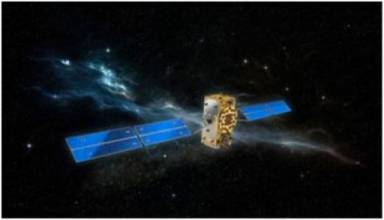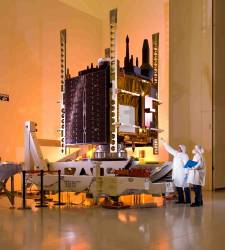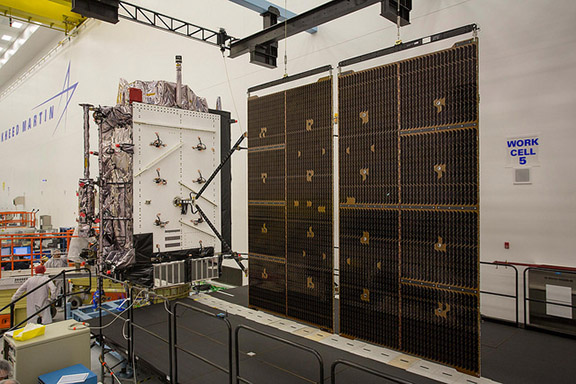Europe’s Galileo program has advanced the schedule for its 2016 satellite launches. Another pair of Galileo navigation satellites is scheduled for launch by Soyuz rocket in May, ahead of a quartet on an Ariane 5 in the autumn, bringing the Galileo system a step closer to operational use.
The European Commission asked the European Space Agency (ESA) to look into the feasibility of a Soyuz launch in the first half of the year to speed up the deployment of the constellation and to increase its robustness for delivering initial services.
Europe’s Galileo program has advanced the schedule for its 2016 satellite launches. Another pair of Galileo navigation satellites is scheduled for launch by Soyuz rocket in May, ahead of a quartet on an Ariane 5 in the autumn, bringing the Galileo system a step closer to operational use.
The European Commission asked the European Space Agency (ESA) to look into the feasibility of a Soyuz launch in the first half of the year to speed up the deployment of the constellation and to increase its robustness for delivering initial services.
One satellite is in storage at ESA’s technical center in the Netherlands, having completed all its testing to clear it for flight, with another due to join it very soon.
The satellite platforms are built by OHB in Bremen, Germany, with their navigation payloads coming from Surrey Satellite Technology Ltd in the UK, incorporating a stream of high-technology equipment sourced from all across Europe.
Once through testing, the satellites are flown to Europe’s Spaceport in French Guiana, to be launched two at a time on Soyuz rockets. A total of 12 satellites has been deployed into orbit during the last four years — six in the last year alone.
The Galileo production line has attained a steady rhythm, as has the environmental testing; so, six satellites are available for launch this year, more than were initially planned, according to ESA.
In the second half of the year, four satellites will be launched together for the very first time, on a customized “Ariane 5 ES Galileo.” This new version of the Ariane 5 will carry four fueled 738-kilogram satellites into orbit around 23,222 kilometers.
The target orbit is actually 300 kilometers below the Galileo constellation’s final working altitude. This will leave Ariane’s upper stage in a stable “graveyard orbit,” while system operators maneuver the four satellites up to their operating position.
If successful, after this first Ariane 5 ES flight 18 Galileo satellites will be in orbit.






